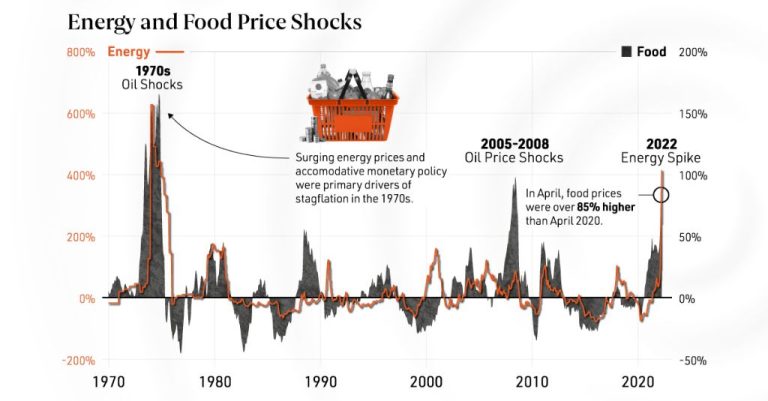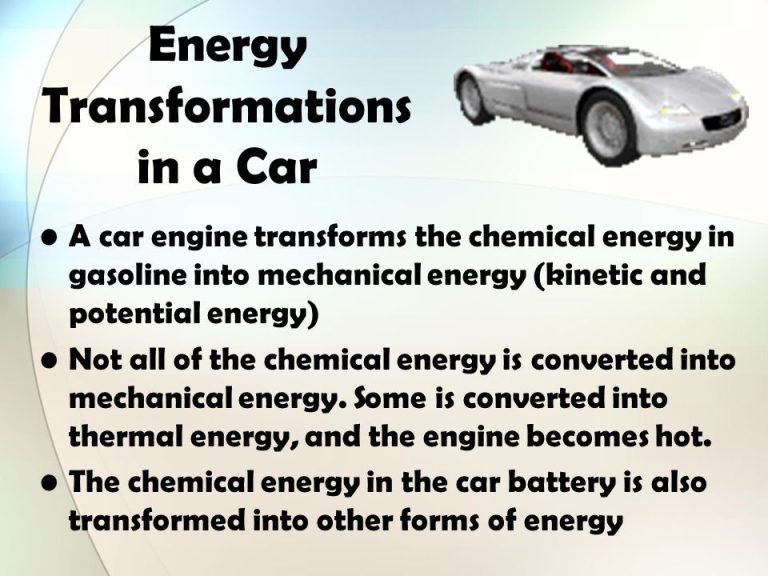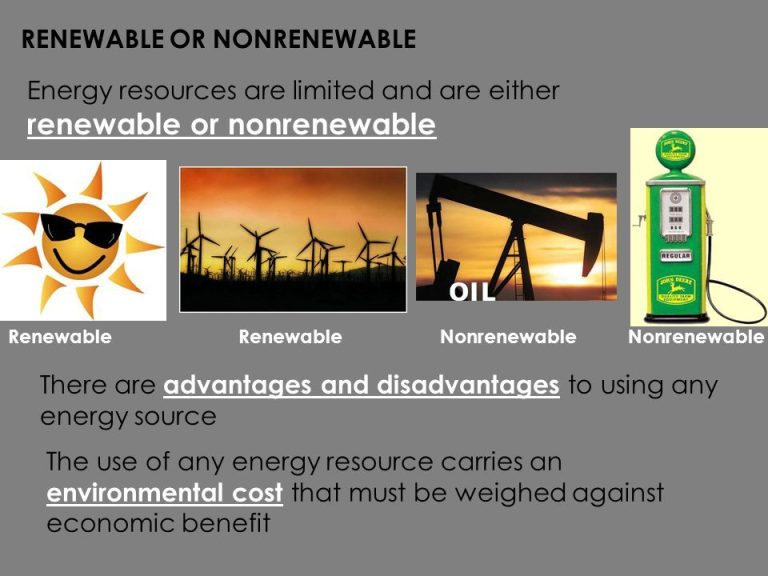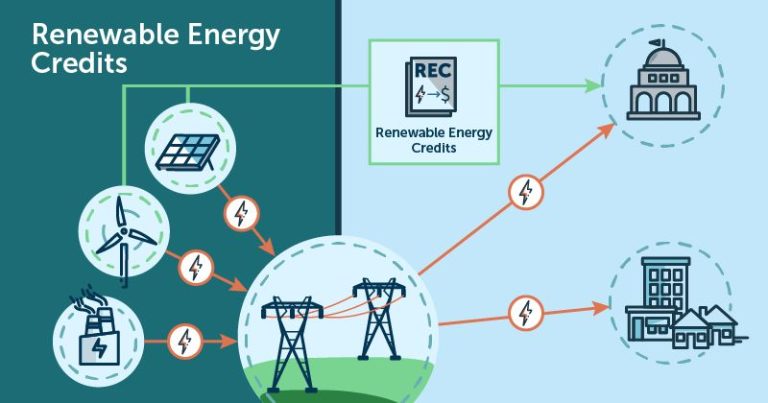Are 75% Of Eu Buildings Energy Inefficient?
Buildings account for 40% of energy consumption and 36% of CO2 emissions in the EU. With ambitious climate goals aimed at net-zero emissions by 2050, improving the energy efficiency of buildings is a top priority.
A striking statistic claims that 75% of EU buildings are energy inefficient. If accurate, this suggests a massive opportunity and urgent need to upgrade Europe’s building stock. But is the 75% figure reliable?
In this article, we’ll analyze the data behind the claim that 3 out of 4 European buildings waste energy. We’ll look at EU regulations, building ages, efficiency barriers, and potential solutions. By the end, you’ll understand whether the famous 75% statistic holds up to scrutiny.
What is Energy Efficiency?
Energy efficiency refers to the goal of reducing the amount of energy required to provide products and services. For buildings, this involves strategies to minimize energy consumption while maintaining adequate levels of lighting, heating, cooling and other needs.
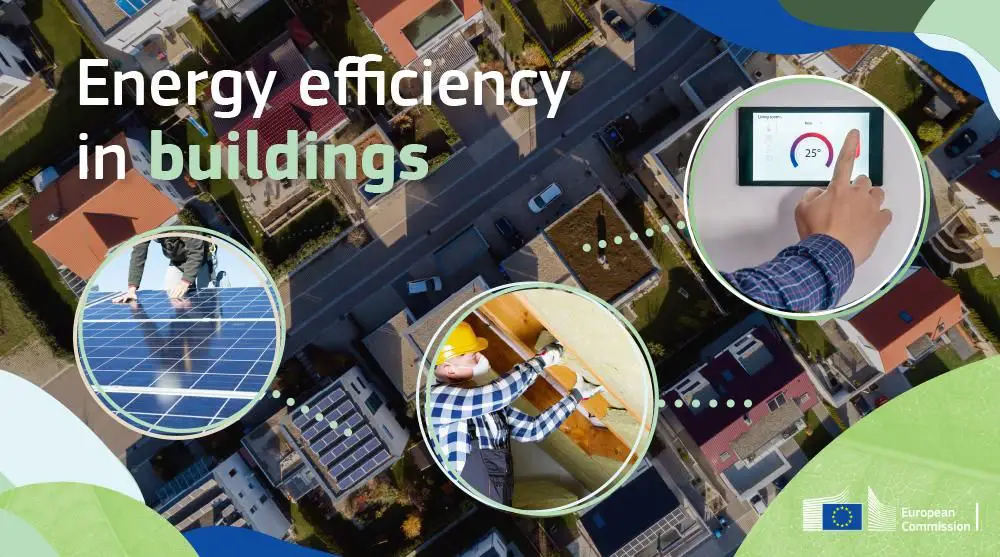
Some examples of energy efficient technologies and design for buildings include:
- Insulation – Prevents heat from escaping the building envelope, reducing energy for heating and cooling.
- High performance windows – Advanced glazing and frames improve insulation.
- LED lighting – Uses a fraction of the energy of traditional incandescent bulbs.
- Motion sensors – Automatically turn lights off when not in use.
- Programmable thermostats – Optimize heating and cooling schedules.
- Passive solar design – Takes advantage of sunlight to provide natural lighting and warmth.
- Heat recovery ventilation – Captures waste heat and reuses it.
By incorporating solutions like these, buildings can dramatically reduce their energy use while providing excellent comfort and functionality.
Energy Use in Buildings
Buildings are major users of energy, accounting for roughly 40% of total energy consumption in the European Union.
For residential buildings, the main energy uses are water heating, space heating and cooling, lighting, and appliances and electronics. Water heating alone can account for 14-25% of home energy use. Space heating is also significant, representing on average 64% of household energy consumption.
In commercial buildings like offices, shops, restaurants and lodging, the largest end uses are typically heating, cooling, and lighting. Appliances, electronics, cooking equipment, hot water, and ventilation systems also contribute to energy consumption. Commercial buildings often have large shared systems for heating and cooling, specialized lighting, kitchen and laundry equipment. Energy intensive industries like hospitals and laboratories have high electricity loads from medical equipment and computing infrastructure.
Building energy use differs significantly across various building types. Detached single family homes often rely heavily on natural gas and heating oil for heat and hot water. Apartment buildings can benefit from shared heating systems and reduced exterior wall exposure. Newer office towers typically have efficient lighting and HVAC systems, while older buildings can be upgraded with insulation, new windows, and other measures.
EU Regulations and Directives
The European Union has introduced several policies and directives aimed at improving the energy efficiency of buildings across member states. The key regulations are:
The Energy Performance of Buildings Directive (EPBD) is the main legislative instrument for building energy efficiency. First enacted in 2002 and updated in 2010, it requires member states to establish and implement minimum requirements for energy performance in new and existing buildings, introduce energy performance certification schemes and require the regular inspection of heating and air conditioning systems.
The 2010 EPBD update set a target for member states to ensure all new buildings are nearly zero-energy buildings by 31 December 2020. This means new buildings must have a very high energy performance with the nearly zero or very low amount of energy required covered to a very significant extent by energy from renewable sources.
The 2012 Energy Efficiency Directive (EED) established binding measures to help the EU reach its 20% energy efficiency target by 2020. Under the EED, member states must establish long-term national building renovation strategies aimed at decarbonizing the building stock by 2050. These strategies should encompass policies and measures to stimulate cost-effective deep renovations of buildings to achieve significant energy savings.
Building Age and Type
The age and type of buildings have a major impact on energy efficiency. Older buildings were typically constructed with little consideration for insulation or energy performance. Buildings built before 1990 in particular lack modern construction standards and materials that improve efficiency.
Residential buildings make up 75% of the EU’s building stock. Of these, approximately 35% were built before 1960 when energy standards were very poor. Commercial and public buildings account for 25% of the stock, with lower average ages than residential buildings.
Building types also influence energy use. For example, high-rise apartments tend to be more efficient than single-family homes due to a lower surface area to volume ratio. However, high-rises often have central systems like elevators that add to energy needs.
The predominant building ages and types across the EU mean that the overall building stock skews older and less efficient. While new buildings are increasingly energy-optimized, it will take time for them to offset the high proportion of energy-intensive existing buildings.
Assessing the 75% Claim
The claim that 75% of EU buildings are energy inefficient is based on several studies and estimates of the energy performance of buildings across Europe. However, the exact percentage varies across sources and depends heavily on the methodology and metrics used to define “energy inefficient.”
One commonly cited source is the Building Performance Institute Europe (BPIE), which estimates that 35% of EU buildings were constructed before 1960 when there were limited energy efficiency requirements. Additionally, BPIE analysis indicates that only 0.4-1.2% of the EU building stock complies with Nearly Zero Energy Building (NZEB) standards for efficiency. Based on these factors, BPIE concludes that at least 75% of EU buildings need energy upgrades.
Supporting this, a 2016 Energy Efficiency Financial Institutions Group (EEFIG) report estimated that 75% of the EU building stock will need thermal renovations by 2050 to meet EU energy and climate goals. However, the 75% figure has also been critiqued as potentially exaggerated. Analysis by the Buildings Performance Institute Europe in 2011 estimated that the percentage of inefficient residential buildings was between 57-68% depending on the country.
Overall, while the 75% figure is widely cited, the exact percentage of inefficient EU buildings remains difficult to quantify. The evidence does clearly point to poor energy performance across a major portion of the EU building stock that will require substantial upgrades and renovations to improve efficiency and meet climate targets.
Barriers to Efficiency
There are several key barriers that have prevented greater strides in improving building energy efficiency across the EU.
The most significant is cost. Retrofitting old buildings with better insulation, windows, heating systems and appliances requires major upfront investment. Even cost-effective upgrades with good return on investment face difficulties getting financed. The payback periods are too long for many homeowners and businesses.
Another major barrier is the split incentive between tenants and landlords. If the owner pays for upgrades but the tenant benefits from lower energy bills, there is little incentive to invest. New Green Lease policies are attempting to address this.
Implementation is also an obstacle. Large scale renovations are complex multi-year projects requiring expertise which is in short supply. Coordinating supply chains, contractors and permitting creates further delays.
There are also competing political priorities. Energy efficiency must compete for limited public funding with other initiatives. Short term needs often take precedence over long-term energy plans.
However, governments can stimulate efficiency with grants, tax credits, loans and regulations. New business models like energy service companies (ESCOs) also help attract private capital.
Innovative solutions can turn barriers into opportunities. For example, efficiency upgrades done in conjunction with renovations or equipment replacement reduce total costs. Data analytics and Internet of Things sensors also enable better targeting of spending for maximum impact.
Benefits of Efficiency
Increasing energy efficiency in buildings provides significant benefits in three main areas: environmental, economic, and health.
Environmental Benefits
More energy efficient buildings reduce greenhouse gas emissions and pollution. Since buildings account for 40% of the EU’s energy consumption, improving efficiency is crucial for meeting climate goals and reducing the impact on the environment.
Economic Benefits
Upgrading a building’s energy systems lowers operating costs from reduced energy consumption. There are also savings from lower maintenance and repair costs. Energy efficiency improvements can increase property values and make buildings more attractive to potential buyers or tenants.
Health Benefits
Efficient buildings provide greater comfort and indoor air quality. Proper insulation, heating, cooling and ventilation improves health by reducing humidity, drafts, pollen and pollution. This leads to lower rates of asthma, allergies and respiratory diseases.
Improving EU Buildings
There are several ways to increase the energy efficiency of buildings in the EU, both for existing structures and new construction. Some of the most promising approaches include:
Innovative Technologies
New technologies like smart thermostats, intelligent lighting systems, high efficiency HVAC equipment, and building automation systems can optimize energy use. Features like motion sensors, timers, and remote controls allow buildings to operate more efficiently.
Advances in insulation, windows, and construction materials also help reduce heat loss. Renewable energy systems like solar PV panels and geothermal heat pumps can be installed to reduce grid energy consumption.
Retrofitting vs New Builds
While new construction offers more flexibility for energy efficient design, retrofitting existing buildings is key for progress. Retrofits like added insulation, replacing windows/doors, upgrading appliances and lighting, can reduce energy waste.
Government incentives, regulations, and programs to audit/rate buildings can motivate these retrofits. New policies and standards for appliance efficiency, building codes, and materials can improve new construction.
Case Studies
Some successful examples of efficiency improvements include the Empire State Building retrofit, which cut energy use by 38%. The retrofit added insulation, new windows, lighting, and controls.
Singapore’s Green Mark program enhanced over 1,000 buildings. The retrofits focused on cooling, lighting, motion sensors, and other optimizations. This reduced energy up to 30% in some buildings.
These case studies demonstrate that with proper investment, expertise, and initiative, the building sector can dramatically increase efficiency, even in older buildings.
Conclusion
In summary, while a large percentage of EU buildings are likely energy inefficient compared to modern standards, there are several important nuances to the claim that 75% are inefficient. The efficiency of the EU building stock varies greatly by country and building age. While progress has been made through EU regulations, efforts to improve efficiency continue to face challenges like access to financing and fragmented policy frameworks. To significantly upgrade the EU building stock, coordinated action is needed at both the EU and national levels to implement policies, provide incentives, enforce standards, and make financing available. With targeted investments and policies to tackle the least efficient buildings first, the EU can continue working towards its energy efficiency and carbon reduction goals while also reducing energy costs and improving quality of life for citizens.
The EU and member states should act urgently to implement national renovation strategies, provide incentives and support for building upgrades, enforce efficiency standards and policies, and engage stakeholders across the private and public sectors. Citizens also have a role to play in improving the energy efficiency of buildings through their daily choices and actions. Upgrading the EU building stock to maximize efficiency will require sustained effort, financing, and commitment from all levels of society.

